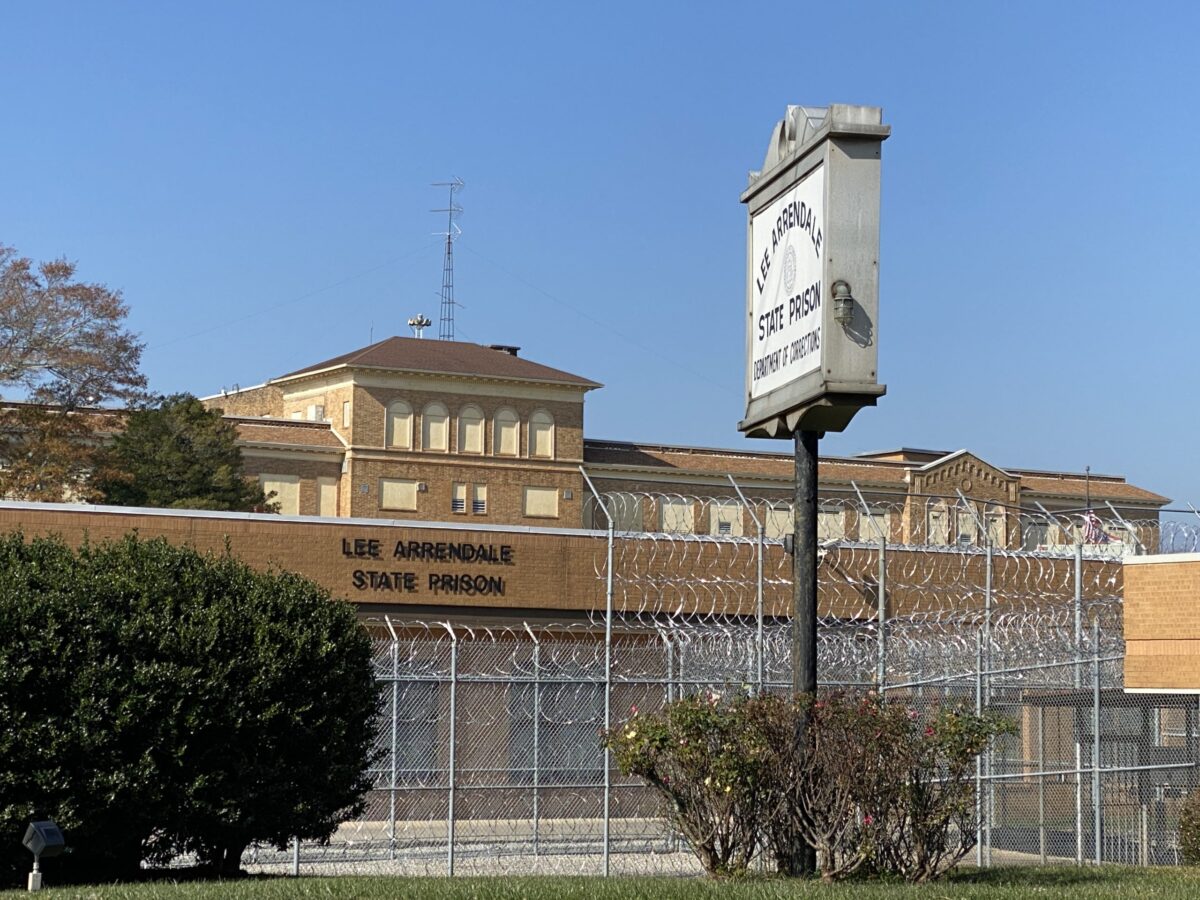
The mission at Lee Arrendale State Prison in Alto has not “transitioned” yet. It was announced in January 2023 by the Department of Corrections that the facility would move from a maximum security facility housing approximately 1,200 female inmates to a minimum security transitional center, housing approximately 200 inmates.
The impacts on Baldwin and Demorest could be significant once the prison closes and becomes a transitional center.
No timeline for closure
A timeline for the change in mission has not been released, leaving both cities in limbo as to when to expect the closure. Last month, GDC Director of Public Affairs Joan Heath told Now Habersham, “We do not have a definitive date for the closure of the prison at LASP at this time.”
SEE RELATED: Investigation into deaths of 2 Lee Arrendale Inmates
Now Habersham contacted both of the cities that provide utilities to the prison and requested copies of water and sewer bills to see if the inmate population has decreased. Demorest provides water to the facility and Baldwin provides sewer.
After reviewing the utility documents, there has only been a minimal decrease in the inmate population, if any.
Demorest water
The water supplied to the prison from Demorest has decreased minimally over the last three months. Whereas, with Baldwin, sewer usage has not decreased.
Based on the current population of approximately 1,200 inmates at the facility, Demorest averages water charges to the prison of $32,436.34 per month or approximately $390,000 per year. Based on a 200 inmate population, that amount could drop to an average of $5,406.06 per month or approximately $65,000 per year, a loss in revenue of $325,000.
The prison purchases approximately 4.6 million gallons of water each month from Demorest. With the pending reduction in inmate population, that may decrease to just 763,000 gallons per month.
Baldwin sells water to Demorest. With the reduced water sales from Demorest to the prison, it is unclear how much of an impact that will have on water sales from Baldwin to Demorest.
Baldwin sewer
Baldwin is in no better position. Currently, Baldwin receives from the prison on average $38,244.95 per month for sewer service or approximately $460,000 per year. There are a few caveats to the prison’s current sewer fee.
In 2012, the city of Baldwin and the prison had a disagreement over a sewer rate increase. That disagreement resulted with the city and the prison becoming involved in a lengthy lawsuit that was settled out of court. That settlement involved three elements, a flat sewer rate for usage, a reserve fund to be set up for repairs and upgrades, and a debt service fund the prison would pay on a monthly basis over a period of several years. That settlement agreement ends in late 2025.
When the prison reduces its population to 200 inmates and with the settlement expiring next year, Baldwin is poised to lose significantly. Based on current charges, minus the reserve fund and debt service fee, Baldwin’s charge to the prison could drop as low as $3,850 monthly or just $46,000 a year, one tenth of what it currently charges for sewer service.
Growth
Since the announcement of the prison closure, Demorest has finished up several projects in the city to build up cash reserves. They have also added customers over the last year to help offset some of the loss in revenue when it eventually happens. One such customer is the multi-unit apartment complex Villas @ Old 441 that opened last year.
Baldwin has been doing the same thing. Chief Administrative Officer Emily Woodmaster told the city council during a budget meeting that the city had added several homes over the last year. Two months ago the council approved the construction of an additional 10 unit apartment building at Baldwin Court Apartments.
Now Habersham reached out to Baldwin Chief Administrative Officer Emily Woodmaster and Demorest City Manager Mark Musselwhite for comment on the impact the prison closure would have on each city’s utility service. Neither were immediately available for comment.






